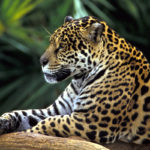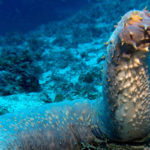Amazing Reptiles Inhabiting The Sahara Desert
To most people, desert regions are thought of as lifeless locations where nothing flourishes. There is nothing farther from the truth than this. Deserts usually have a diverse selection of life forms inhabiting it. As a matter of fact, creatures in the desert are an excellent example of the evolution of nature. Most of the animals inhabiting desert regions have adapted in one way or another to their surroundings, in very observable and unique ways, where animals in other climatic regions often appear to be ‘normal’. See more on exotic animal species of the savannah region.
The Sahara Desert is a great point of reference. Covering over 3 million square miles of sand, it is home to over 100 species of reptiles.
Read on to discover more on the most amazing reptiles that exist in the Sahara Desert.
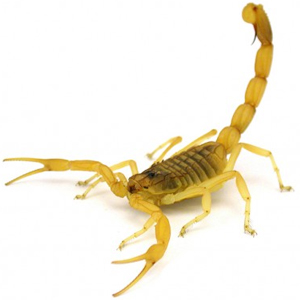
“This scorpion is one of the most venomous in the world. “
1. Deathstalker Scorpion
This scorpion is one of the most venomous in the world. They are translucent in color, and their ephemeral and fragile looking appearance can make one assume that they are harmless. However, a single sting produces a cocktail of neurotoxins that can cause excruciating pain, respiratory failure, and eventual death. It’s also good to note that only the aged, young and infirm are at greater risk of dying from this scorpion’s sting. Healthy human adults can survive from a Deathstalker sting encounter according to the folks at Scorpion Worlds.
Due to the scorching heat of the Sahara Desert, these reptiles, which can really pack a punch, usually hide in burrows and small cracks. They come out at night to hunt, their main prey being beetles, spiders, and ants. They can also feed on other scorpions as well.
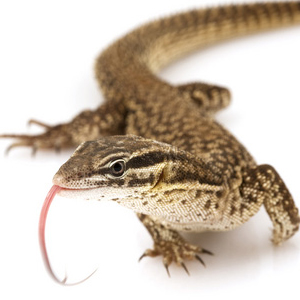
“They can be as long as two meters tall and have an average life span of 8 years.”
2. Monitor Lizard
This lizard has perfected the art of survival in the Sahara Desert. It’s venomous and aggressive especially when threatened during the cold seasons. They can be as long as two meters tall and have an average life span of 8 years. They usually become active during the day, and their perfectly adapted skin allows them to withstand the scorching heat of the Sahara throughout the day.
Due to its cold-blooded nature, the monitor lizard hibernates during the cold periods. It feeds enough to enable it to survive during its hibernation period thereby laying credence to its smart survival tactics. It mainly feeds on rodents, birds, eggs, fish or any other small mammal whenever opportunity strikes.
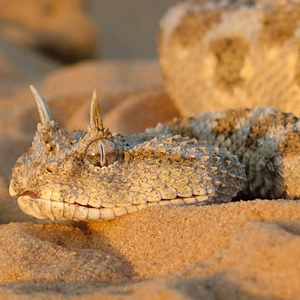
“These vipers usually feed on rodents, small mammals, birds, and lizards.”
3. The Horned Desert Viper
The horned desert viper is one of the deadliest creatures in the Sahara Desert. Its venom can kill its prey almost immediately. It is so-named due to its two protruding horns on its triangular-shaped head, making it easy to distinguish from other desert vipers. Its length varies from 20-35 cm, and they usually move by way of sidewinding through the desert sand, which means that they generally glide in a sideways direction across the terrain. These vipers usually feed on rodents, small mammals, birds, and lizards.
During hot days, they often bury themselves in the sand with their nostrils exposed. They use this same skill whenever they want to catch their prey.
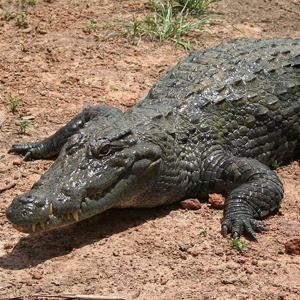 4. Desert Crocodile
4. Desert Crocodile
An interesting addition to this list is the desert crocodile. You might be wondering how a crocodile can survive in the desert when they are more commonly seen as earth-to-water reptiles. This is because, during the drought periods, crocodiles usually shift their location to burrows and caves located in the desert. Here they remain dormant and only reappear whenever the wet season kicks in again.
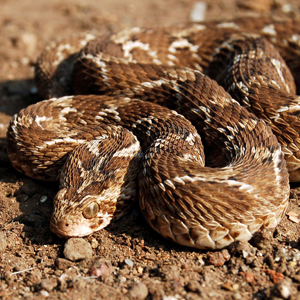 5. The Saw-Scaled Viper
5. The Saw-Scaled Viper
Another snake that you don’t want to meet in a hurry, the saw-scaled viper might be small in size, but it too is dangerous and aggressive when attacked. It travels by way of sidewinding across the desert, and also has a lightning fast strike whenever it’s hunting for prey. You can easily distinguish it from other snakes based on the dark brown arrow shaped marking on its head. It mainly hunts during the night and feeds on rodents, lizards, toads, eggs and other small animals to be found in these dry conditions.
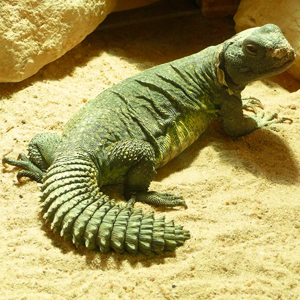
“They are widely considered as prey by many carnivorous reptiles in the Sahara Desert.”
6. Saharan Spiny-Tailed Lizard
The spiny-tailed lizard grows to up to 34 cm in size. They have a long tail with a spiny appearance, which not surprisingly gives it its name. These lizards are exclusively herbivorous and usually survive off the small vegetation available in the desert. They are widely considered as prey by many carnivorous reptiles in the Sahara Desert. Interestingly, these small lizards can have a lifespan of more than 20 years (if they avoid falling prey to other animals).


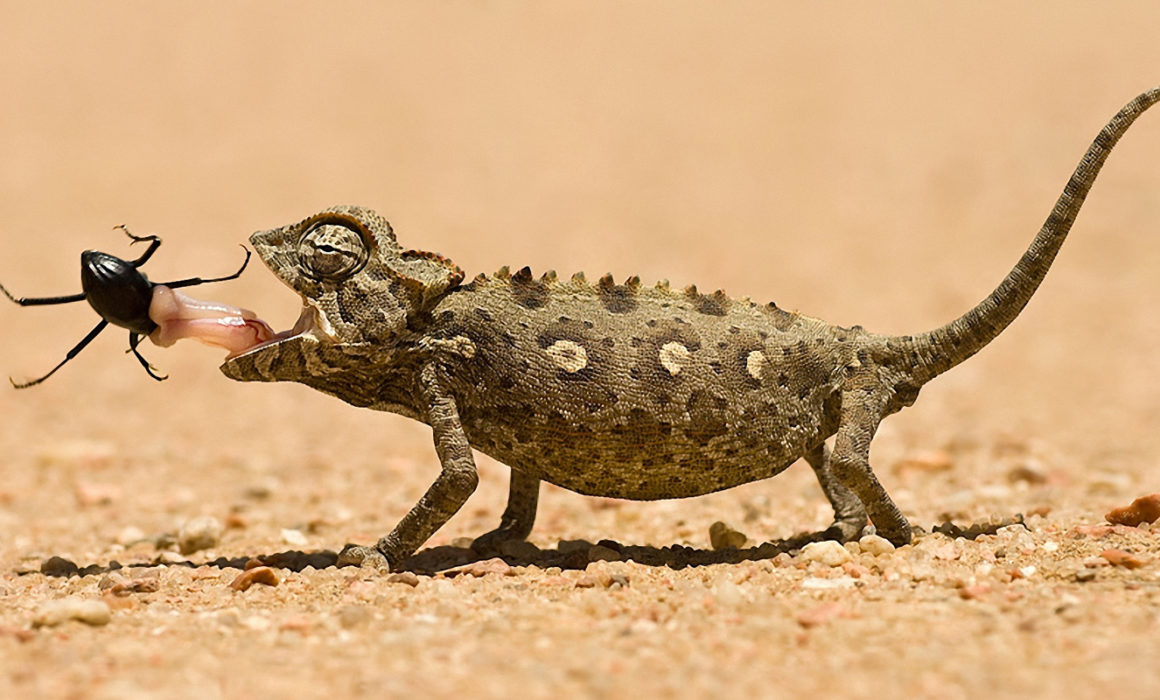
 UN-Habitats is made up of a team of nature and biological scientists from diverse backgrounds but with a centered interest on the conservation of wild life and natural resources. Our primary goal is to provide information about nature and wildlife from different regions of the world.
UN-Habitats is made up of a team of nature and biological scientists from diverse backgrounds but with a centered interest on the conservation of wild life and natural resources. Our primary goal is to provide information about nature and wildlife from different regions of the world.


